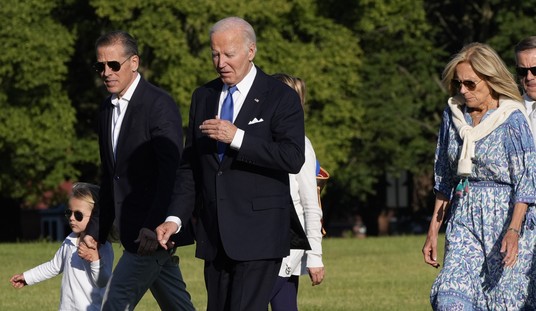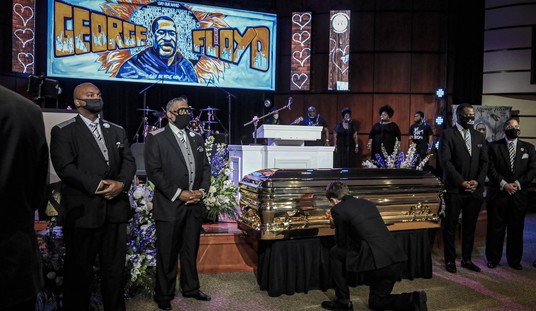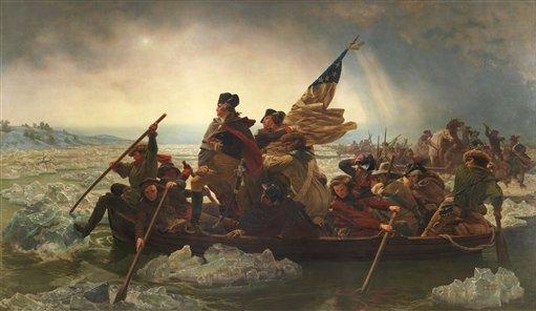
The threads of history can sometimes intertwine in remarkable ways and today is one of those days.
On this date in 1865, General Stand Watie, a Cherokee and the only Native American to attain general’s rank in the Confederate Army, surrendered his command. He was the last Confederate general to surrender in the Civil War.
Watie fought in the Transmississippi theater, that portion of the Confederacy and its affiliated groups located west of the river. The capture of Vicksburg in 1863 essentially cut the nation in two, and as time passed, those stationed west of the river became increasingly unable to fight.
Watie’s surrender was expected, but the controversy that followed was not. The surrender triggered a sequence of events which took over 150 years to finally resolve.
To understand the events, it’s important to note that Cherokee fought on both sides in the Civil War — sometimes against each other. Stand Watie took command of Confederate troops after half the nation split away in sympathy with the Union side.
After the war, Stand Watie traveled to Washington to try to obtain recognition for his Southern Cherokee group, which never occurred. There were many reasons for this, but one was especially simple.
Some Cherokee had owned slaves. Slavery had been a part of tribal heritage since long before the Civil War, but in many cases was never intended to be permanent. African-American slavery, on the other hand, was precisely that, and by the outbreak of the war, an estimated 4,000 slaves were working on Cherokee lands.
Cherokee law prohibited the education of slaves, their holding office, owning property, or being aided by any Cherokee in seeking freedom.
“Be it enacted by the National Council, That intermarriage shall not be lawful between a free male or female citizen with any slave or person of color not entitled to the rights of citizenship under the laws of this Nation, and the same is hereby prohibited, under the penalty of such corporeal punishment as the courts may deem it necessary and proper to inflict, and which shall not exceed fifty stripes for every such offence;—but any colored male who may be convicted under this act shall receive one hundred lashes.”
The split in the tribe had occurred after Abraham Lincoln issued the Emancipation Proclamation in 1863, and the existing Cherokee leadership issued its own proclamation freeing all slaves held by the Cherokee. As a precondition for reuniting the nation, the government required the Southern Cherokee, which had refused to accept either proclamation, to free them.
The Southern Cherokee wanted the government to pay for relocating the Freedmen, but the Northerners wanted them incorporated into the tribe on exclusively owned land. The eventual treaty contained a provision which would cause later contention:
ARTICLE 9
The Cherokee Nation having, voluntarily, in February, eighteen hundred and sixty-three, by an act of the national council, forever abolished slavery, hereby covenant and agree that never hereafter shall either slavery or involuntary servitude exist in their nation otherwise than in the punishment of crime, whereof the party shall have been duly convicted, in accordance with laws applicable to all the members of said tribe alike. They further agree that all freedmen who have been liberated by voluntary act of their former owners or by law, as well as all free colored persons who were in the country at the commencement of the rebellion, and are now residents therein, or who may return within six months, and their descendants, shall have all the rights of native Cherokees: Provided, That owners of slaves so emancipated in the Cherokee Nation shall never receive any compensation or pay for the slaves so emancipated.
The newly-freed slaves soon became known as Cherokee Freedmen, and the question eventually became one of what their status within the recombined Cherokee Nation would be.
Infighting over the shares to Cherokee citizens over land sales resulted in the government repeating its edict in 1888, with the Wallace Roll of 1889 and the Kern-Clifton Roll of 1896 both showed over 3,500 Freedmen living on tribal lands (though the latter roll placed the number at 5,600, who eventually received compensation.) The difference was due to a larger number of Freedmen who did not meet the initial requirements for citizenship, that of living on Cherokee land within six months of the treaty signing.
Eventually, the Dawes Roll of 1902 was, and still is, used to determine who qualified as a descendant of the original Freedmen, and thus would be entitled to Cherokee citizenship. That census listed 4,924 Freedmen.
The issue resurfaced again with the passage of a Cherokee Constitution in 1976, when commission members required a Certified Degree of Indian Blood (CDIB) certificate to vote in tribal elections. Only a small percentage of Freedmen had attempted to claim full citizenship, in part due to difficulties present in detailing their own ancestries, but now were left without the franchise.
However, some descendants of those on the Dawes Rolls didn’t let the issue rest, and were left with no choice when the Cherokee Nation expelled the Freedmen in 1983, and in 2007 proclaimed that only blood Cherokee, Delaware and Shawnee were eligible for citizenship as a matter of cultural preservation. The Cherokee Nation v. Nash et al wasn’t settled until 2017, when U.S. District Judge Thomas Hogan ruled:
Although Article 9’s statement that qualifying freedmen shall have “all the rights of native Cherokees” is not a self-executing grant of citizenship by operation of the 1866 Treaty alone, it nevertheless guarantees for qualifying freedmen the right to citizenship to the same extent that native Cherokees have a just claim to that right. This is the position advanced by both the Interior and the Cherokee Freedmen, and the Court is inclined to agree with it.
The Cherokee Nation Constitution defines native Cherokees’ right to citizenship in the Nation. Accordingly, by virtue of Article 9 of the 1866 Treaty, qualifying freedmen have a right to citizenship as defined by the Cherokee Nation Constitution to the same extent that native Cherokees have that right. Thus, the 1866 Treaty grants qualifying freedmen the right to citizenship but the Cherokee Nation Constitution actually makes them citizens. The history, negotiations, and practical construction of the 1866 Treaty do not suggest that the parties believed otherwise.
To this date, the Cherokee Nation has made no attempt to dispute the court’s decision, and the issue appears to have come to rest.
Enjoy today’s open thread!














Join the conversation as a VIP Member